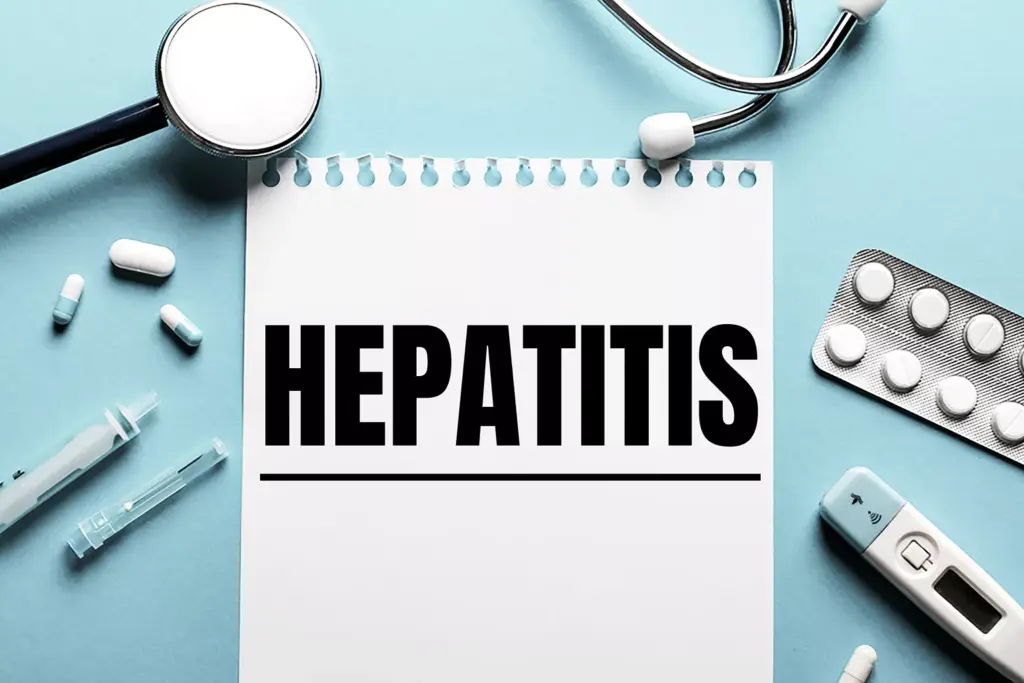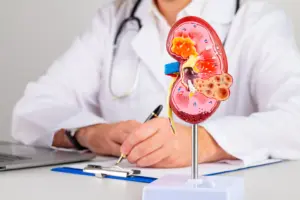
Fatty Liver vs. Hepatitis: If a health check ever flagged fatty liver or hepatitis, you’re not alone. Both are common, and the names can sound scary if you’re unsure what they mean.
Fatty liver is excess fat stored in the liver, while hepatitis is inflammation of the liver from viruses, alcohol, autoimmune causes, or toxins. This guide breaks down how they differ, what symptoms to watch for, and the tests and treatments that actually help.
Also Read | What’s the difference between alcoholic and non-alcoholic fatty liver?
What does your liver do?
The liver is a powerhouse that filters toxins from your blood, makes bile to help digest fats, stores energy and vitamins, and helps regulate cholesterol, hormones, and blood sugar. Think of it as your body’s built-in cleaner and energy manager. So when the liver is stressed or damaged, the effects can ripple through your entire health.
What is fatty liver?
Fatty liver (hepatic steatosis) occurs when too much fat accumulates in the liver; a little is normal, but once it exceeds about 5–10% of liver weight, it’s a problem. It comes in two main forms: non-alcoholic fatty liver disease (NAFLD), usually linked to obesity, insulin resistance/diabetes, and high cholesterol in people who drink little or no alcohol; and alcohol-related fatty liver, caused by heavy drinking and often reversible if alcohol is stopped early.
A fatty liver is typically silent at first and is often found on routine blood tests or an ultrasound. If it worsens, the excess fat can trigger inflammation (steatohepatitis), scarring (fibrosis), and even cirrhosis or liver failure.

What is hepatitis?
Hepatitis means inflammation of the liver, which can be short-term (acute) or long-term (chronic). The most common causes are viral infections like hepatitis A, B, and C, but it can also result from the immune system attacking the liver (autoimmune hepatitis) or from medications/toxins (drug-induced hepatitis). Severity ranges from mild, temporary inflammation to serious, lasting damage, depending on the cause and how long the liver has been inflamed.
Also Read | What’s the difference between alcoholic and non-alcoholic fatty liver?
Differences between fatty liver and hepatitis:
| Feature | Fatty Liver | Hepatitis |
| Cause | Fat buildup in the liver | Inflammation (often from viruses or the immune system) |
| Trigger | Obesity, alcohol, poor diet, and diabetes | Viral infections (Hep A, B, C), autoimmunity, toxins |
| Symptoms | Usually, none early on; tiredness, discomfort in the upper belly can show up later | Fever, fatigue, yellow skin/eyes, dark urine, nausea |
| Reversible | Yes, with lifestyle changes | Depends on the type. Some clear up, others need treatment |
| Long-term risk | Liver inflammation (NASH), cirrhosis, liver cancer | Chronic hepatitis, cirrhosis, liver cancer |
Fatty liver and hepatitis both affect the liver, but they’re very different. Fatty liver is excess fat buildup, often tied to lifestyle factors like weight, diabetes, and cholesterol. Hepatitis is inflammation of the liver, usually from a virus (A, B, or C), an autoimmune reaction, or medications. With early detection and the correct treatment, both conditions are often manageable and sometimes reversible.








